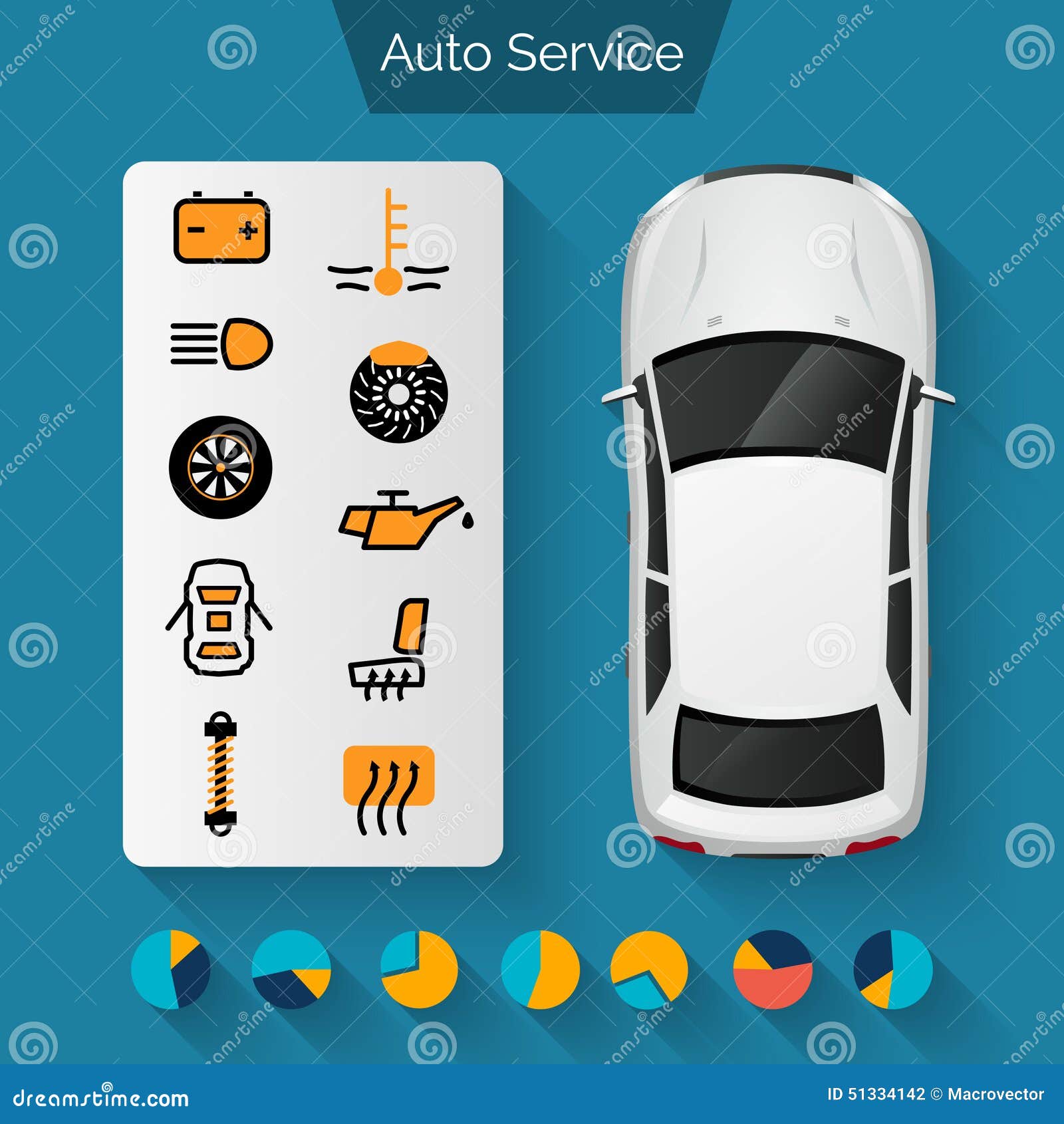Recognizing Your Vehicle'S Caution Lighting: What Do They Really Mean?
Recognizing Your Vehicle'S Caution Lighting: What Do They Really Mean?
Blog Article
Content Created By-Sykes Kejser
When you're behind the wheel, those radiant warning lights on your control panel can be a little bit bewildering. Do you recognize what they're trying to tell you about your vehicle's wellness? Recognizing the relevance of these lights is important for your safety and security and the longevity of your vehicle. So, the following time among those lights pops up, wouldn't you wish to decode its message precisely and take the essential actions to resolve it?
Common Caution Lighting and Interpretations
Recognize common caution lights in your cars and truck and recognize their definitions to ensure secure driving.
One of the most normal caution lights consist of the check engine light, which signifies concerns with the engine or exhausts system. If this light begins, it's critical to have your automobile inspected quickly.
The oil pressure warning light suggests reduced oil pressure, calling for prompt attention to prevent engine damages.
A flashing battery light could suggest a faulty charging system, potentially leaving you stranded if not dealt with.
bestcargroomernearme tracking system (TPMS) light informs you to reduced tire stress, affecting lorry security and gas effectiveness. Neglecting this could lead to dangerous driving problems.
The abdominal muscle light suggests an issue with the anti-lock braking system, endangering your capability to quit quickly in emergency situations.
Lastly, the coolant temperature cautioning light warns of engine getting too hot, which can lead to serious damage if not fixed promptly.
Comprehending these usual caution lights will help you attend to issues without delay and maintain risk-free driving conditions.
Importance of Prompt Focus
Understanding the usual caution lights in your cars and truck is only the primary step; the significance of immediately dealing with these warnings can't be emphasized enough to guarantee your security when traveling.
When a warning light illuminates on your control panel, it's your cars and truck's method of communicating a possible concern that requires focus. Overlooking these warnings can lead to a lot more severe issues down the road, compromising your safety and security and potentially costing you extra out of commission.
Trigger interest to warning lights can prevent failures and mishaps. As an example, a flashing check engine light could suggest a misfire that, if left neglected, might create damage to the catalytic converter. Resolving this promptly can save you from a costly repair work.
In a similar way, a brake system warning light may signal low brake liquid or worn brake pads, important elements for your safety and security when driving.
DIY Troubleshooting Tips
If you see a warning light on your dashboard, there are a couple of DIY troubleshooting suggestions you can attempt before seeking specialist aid.
The initial step is to consult your auto's handbook to recognize what the particular caution light shows. Occasionally the issue can be as simple as a loosened gas cap triggering the check engine light. Tightening the gas cap might fix the trouble.
https://sergiomhcxr.idblogz.com/32657807/examine-your-lorry-s-requirements-to-locate-the-best-automobile-detailing-solution-for-you-yet-which-variables-will-genuinely-affect-your-decision is a low battery, which can activate various advising lights. Checking the battery connections for deterioration and ensuring they're safe may repair the trouble.
If a caution light lingers, you can attempt resetting it by disconnecting the auto's battery for a couple of minutes and afterwards reconnecting it. Furthermore, inspecting your lorry's fluid levels, such as oil, coolant, and brake liquid, can help fix cautioning lights related to these systems.
Verdict
To conclude, recognizing your vehicle's warning lights is necessary for keeping your car running efficiently and securely. By immediately addressing these alerts and recognizing what they indicate, you can stay clear of expensive fixings and possible failures.
Bear in mind to consult your cars and truck's guidebook for certain details on each warning light and do something about it accordingly to guarantee a hassle-free driving experience.
Stay informed, stay secure when driving!
